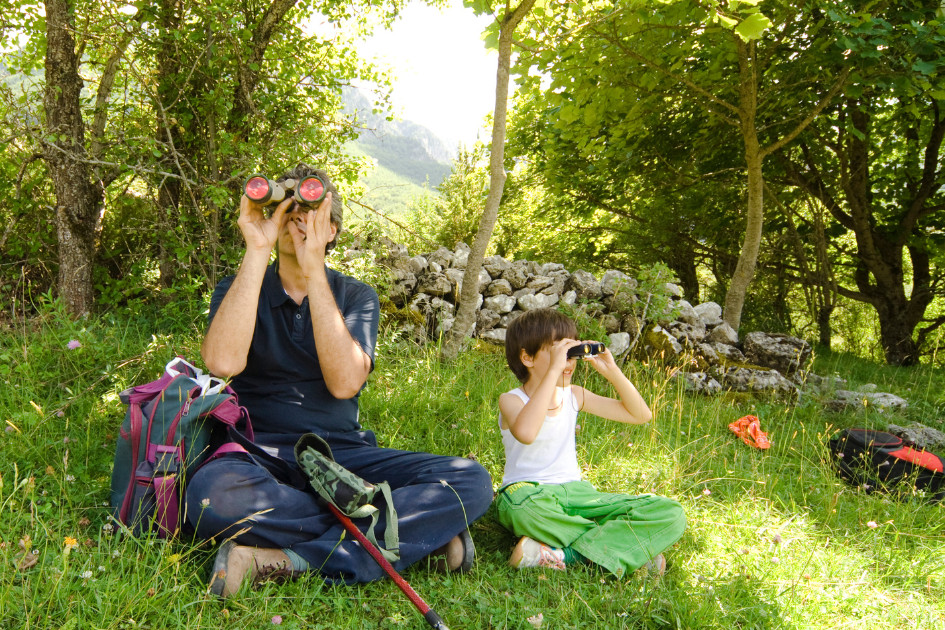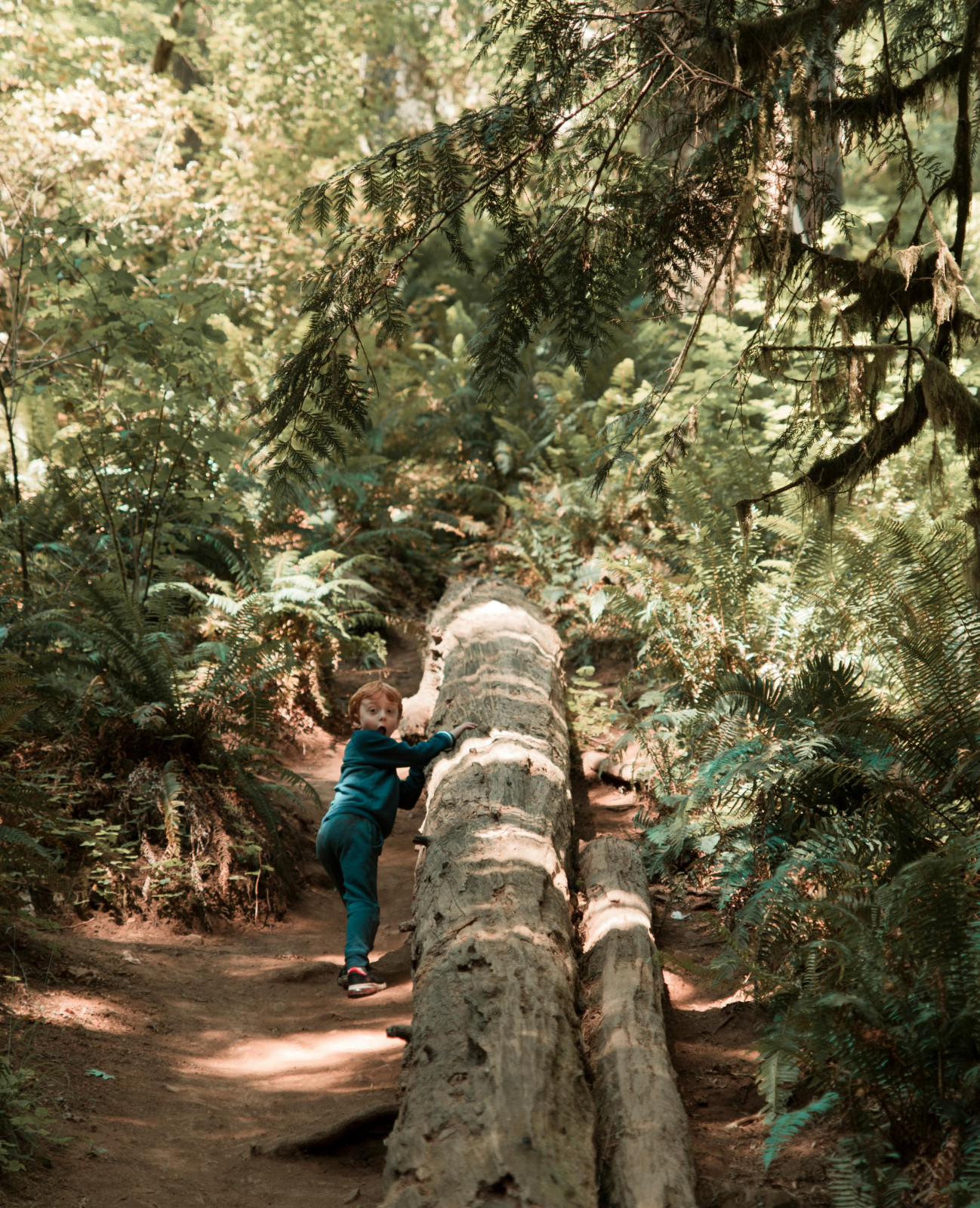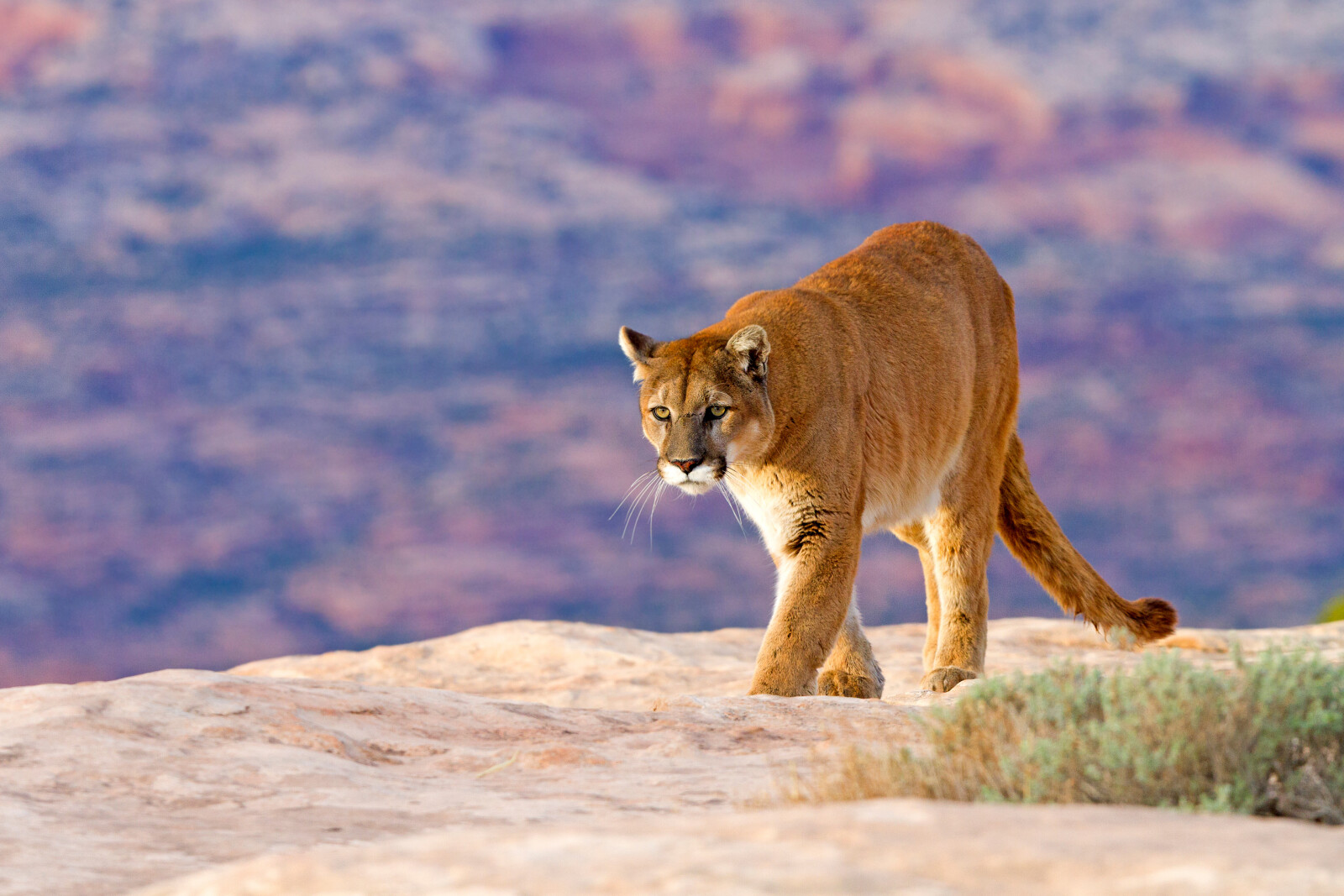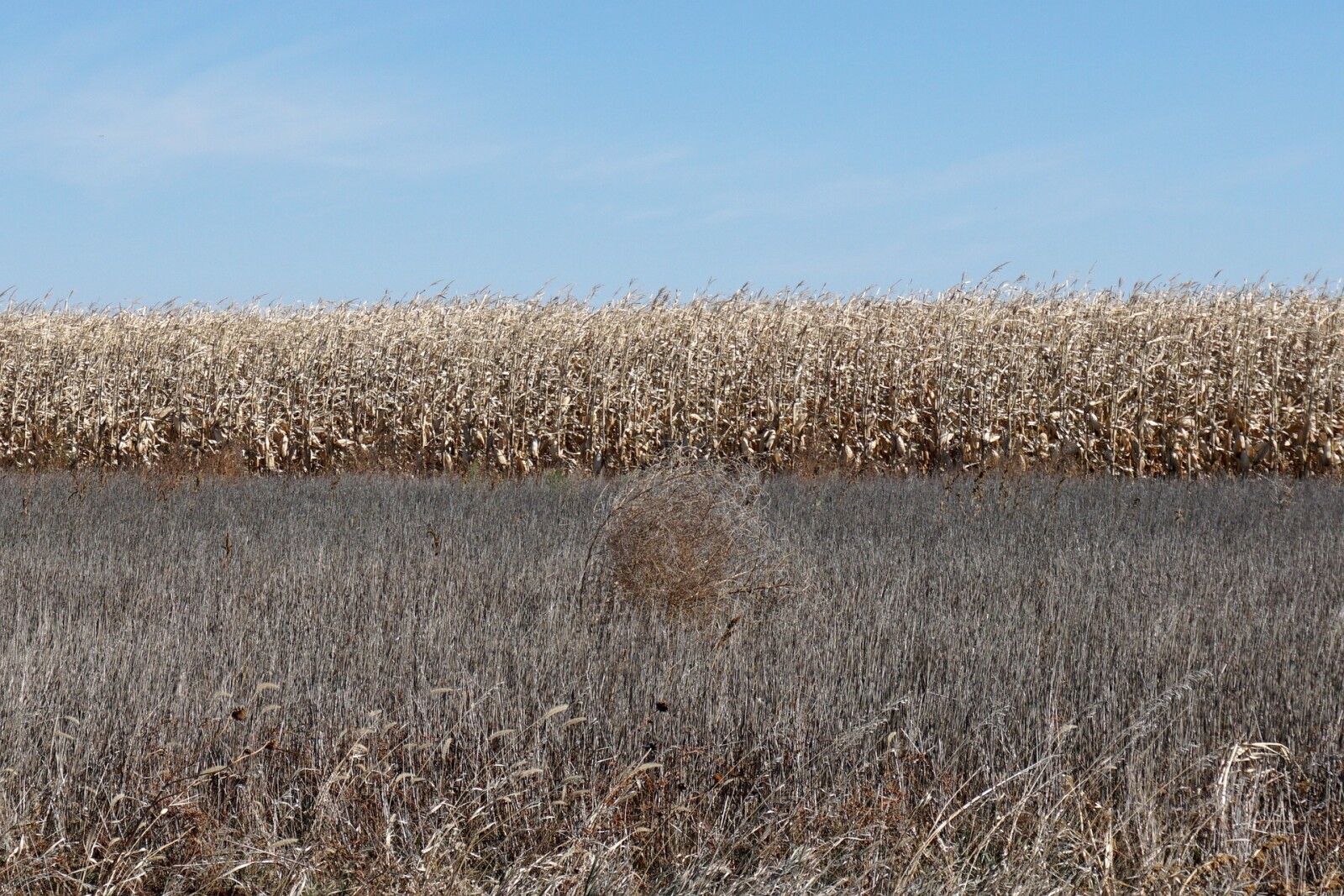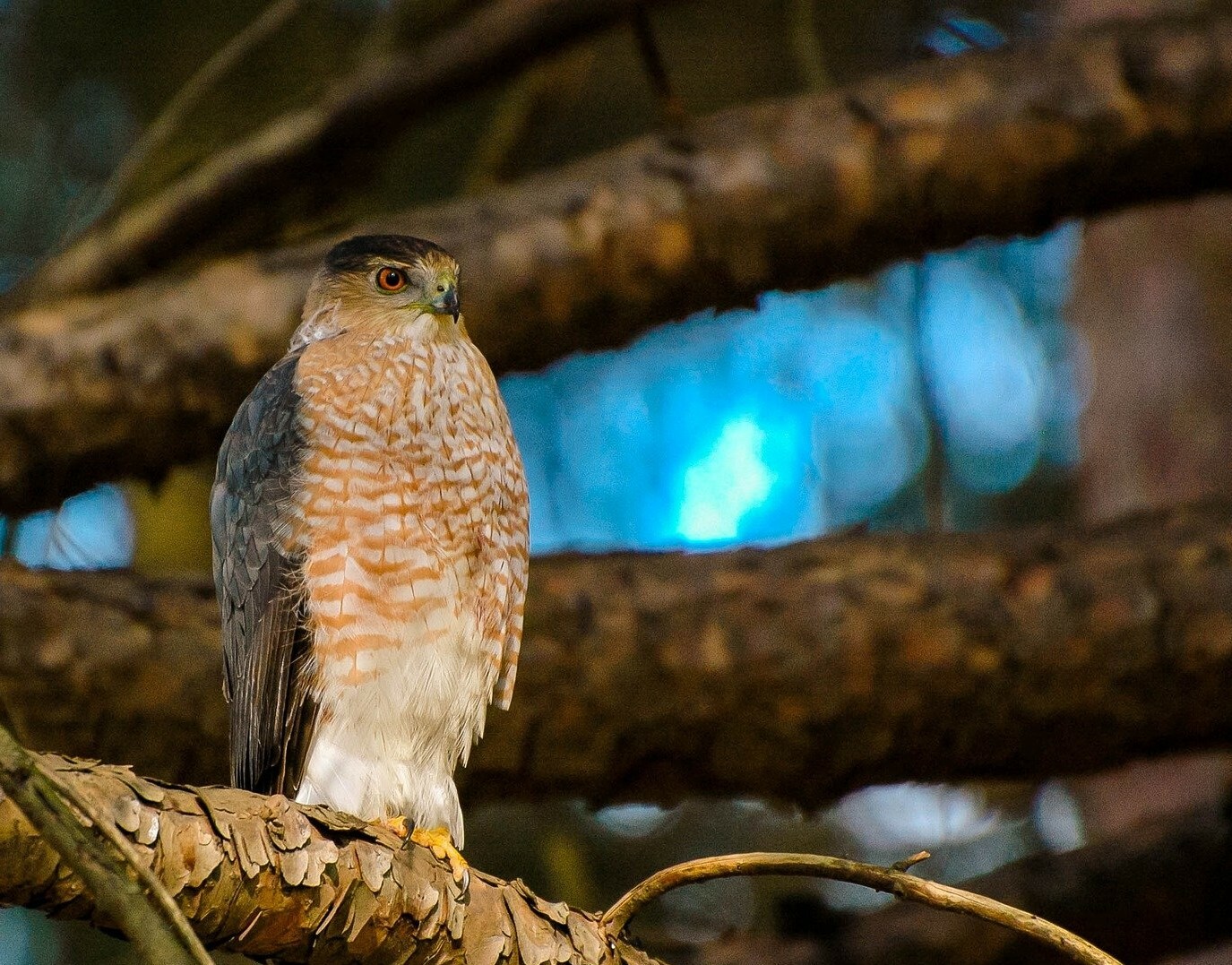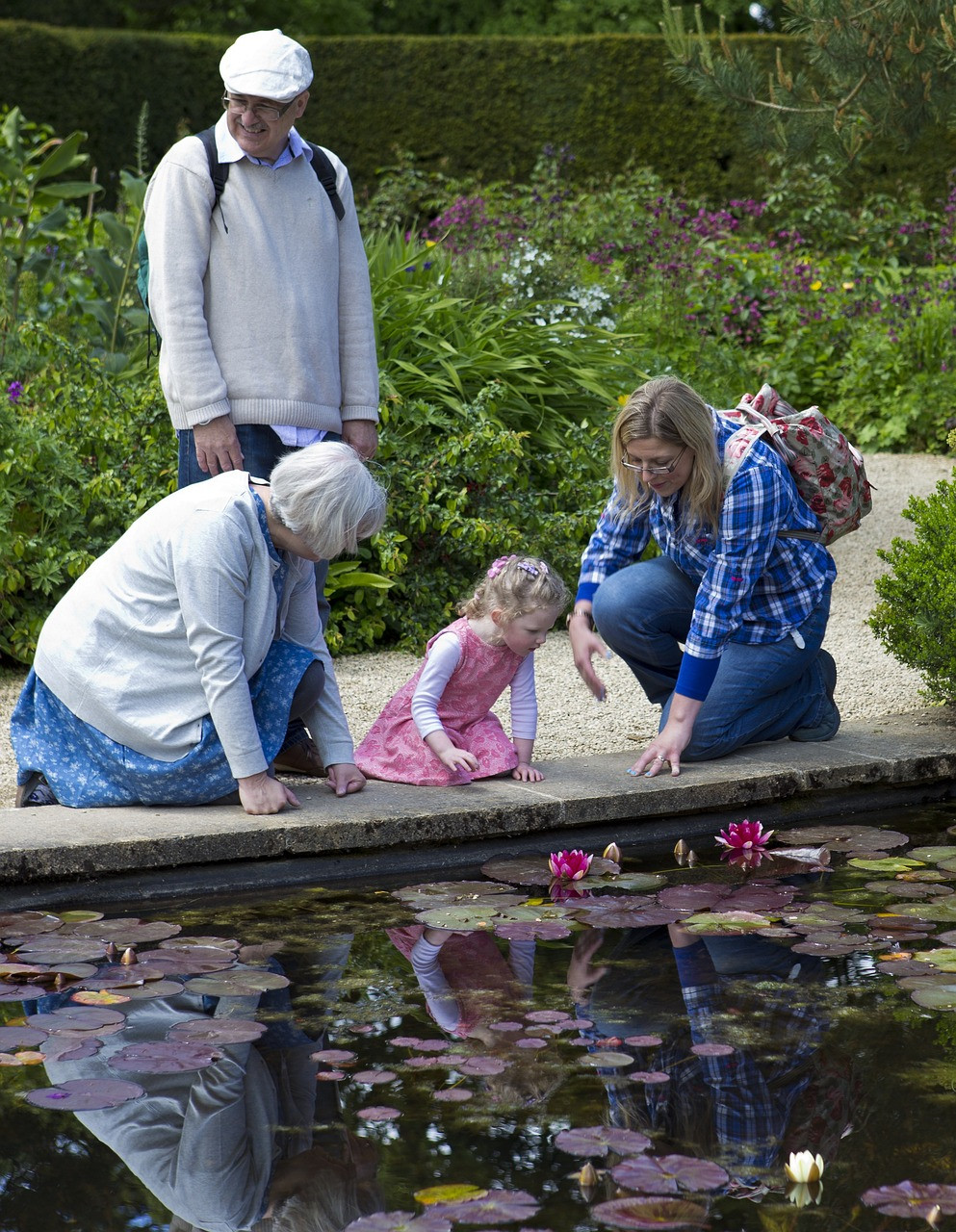
Have you ever sat quietly after yet another failed attempt to get your grandkids off their screens, wondering if you’re the only one who still treasures the magic of the outdoors? You’re not alone. So many grandparents today feel the heartbreak of seeing their grandkids grow up disconnected from nature. It’s hard to watch them overlook the beauty of the world around them, treating it as irrelevant in favor of digital distractions.
The fear of your grandchildren growing up without valuing nature is real. Maybe you’ve pictured them walking past a blooming flower or skipping a breathtaking sunset because they’re glued to their devices. This fear comes from your deep love—for your family, for the natural world, and for the legacy you want to leave behind.
The Struggle to Reconnect with Nature
This fear doesn’t just weigh on your heart; it can make you feel like you’re alone in a battle against the tide of technology.
Your spouse might silently wonder why you put so much energy into planning outdoor adventures when the kids seem uninterested. They might not say it, but you sense the question: “Why keep trying?”
Your adult children might see your efforts and dismiss them as overly sentimental. “Mom, kids just aren’t into that kind of thing anymore,” they might say. You hear it as a brush-off, but you know this is about more than preferences—this is about their growth and connection.
And then there are your grandkids. When they sigh about going outside or ask, “Do we have to?” it stings. You’re left wondering, “Will they ever understand why this matters so much? Will they see this as a gift or just another thing Grandma made them do?”
Even your friends might not get it. They may tell you, “Kids these days are just different,” leaving you feeling isolated, misunderstood, and maybe even a little defeated.
Why Reconnecting with Nature Matters
Here’s the truth: you’re not alone in feeling this way. Many grandparents share your concern about a generation that seems more connected to Wi-Fi than to wildlife. Your fear isn’t unfounded—it’s rooted in the reality that losing touch with nature has consequences.
When kids don’t connect with the outdoors, they miss out on so much more than fresh air. They lose a sense of wonder and adventure. They don’t build the resilience that comes from climbing a tree, exploring a trail, or learning to navigate the wild. They don’t feel the peace that only comes from being surrounded by nature’s beauty.
You know how much these experiences matter. You’ve lived them. And you want your grandkids to experience the same joy, curiosity, and awe.
There’s a Way Forward
What if I told you it’s possible to reignite your grandkids’ love for the outdoors—even if they’re glued to their screens right now? By blending technology with outdoor exploration, we can make nature exciting for them again. It’s not about competing with their devices—it’s about using them to create curiosity, discovery, and connection.
You don’t have to do this alone. Together, we can show your grandkids that nature isn’t just something to scroll past or take for granted. It’s something to explore, protect, and love. With the right tools, you can create memories that stick, foster a bond that grows stronger, and help them find their place in the natural world.
Let’s break this cycle of disconnection and bring the wonder of nature back into your family’s life. You care enough to fight for it—and I’m here to help every step of the way.
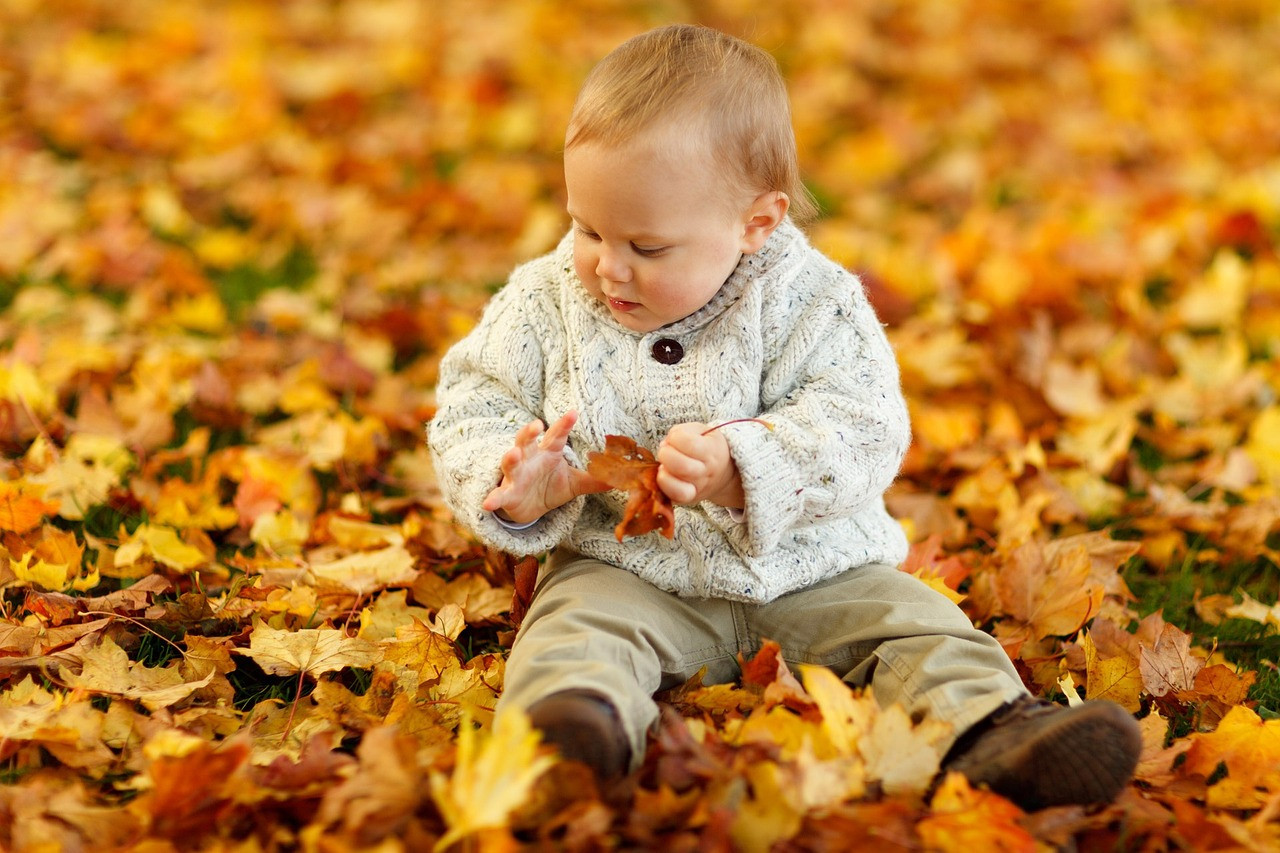
As the weather gets cooler and the leaves change color, fall is a perfect time to head outdoors and appreciate the beauty all around us. Taking a closer look at leaves can help kids (and grown-ups!) learn more about the world outside, all while having a little fun. So, whether you’re in your backyard or walking through the woods, here are some simple activities to help you see leaves in a whole new way.
Parts of a Leaf
First, let’s start by figuring out the main parts of a leaf. Look for a leaf that’s big enough to show off all these parts:
- Blade: The flat, wide part of the leaf.
- Leaf Tip: The very end or “point” of the blade.
- Veins: The tiny lines that spread out like a net through the leaf.
- Midrib: The big vein running down the middle of the blade.
- Petiole: The small stem that connects the leaf to the branch.
Got it? Now let’s put that knowledge to use!
Fun Leaf Activities
Here are a few easy activities to help you explore leaves and learn a little more about the trees around you:
- Leaf Hunt and Identification: Grab a bag and collect as many different types of leaves as you can find. Notice the shapes, colors, and sizes. Try to match them to the tree they came from. Look for common ones like oak, maple, or birch. You can even turn it into a game by seeing who can find the most different types! To learn about trees, here’s a book I like.
- Find All the Leaf Parts: Pick out a leaf that really shows off the parts we talked about—blade, tip, veins, midrib, and petiole. Use a magnifying glass if you have one, and look closely at how the veins branch out or how the tip of one leaf might look different from another. Draw your leaf and label each part. If you’re feeling crafty, press the leaf in a book and make it part of a nature journal.
- Leaf Rubbing Art: Choose some leaves that have good, bumpy veins. Put them under a piece of paper (vein side up) and use the side of a crayon to rub over the leaf. Watch the shape and veins show up like magic! Try using fall colors like red, orange, and yellow to make a collection of leaf rubbings you can display.
- Leaf Sorting and Graphing: Got lots of leaves? Sort them by size, shape, or color. Line them up from smallest to biggest, or group by colors. If you’re feeling creative, make a bar graph by taping leaves onto a big piece of paper to show off your findings.
Wrapping It Up
Exploring fall leaves is a great way to get outside and connect with nature. You might even start to see leaves differently once you know what to look for. So, grab a bag, find a few leaves, and see what makes each one special. Fall only lasts a little while, so enjoy the leaves while they’re still on the ground!
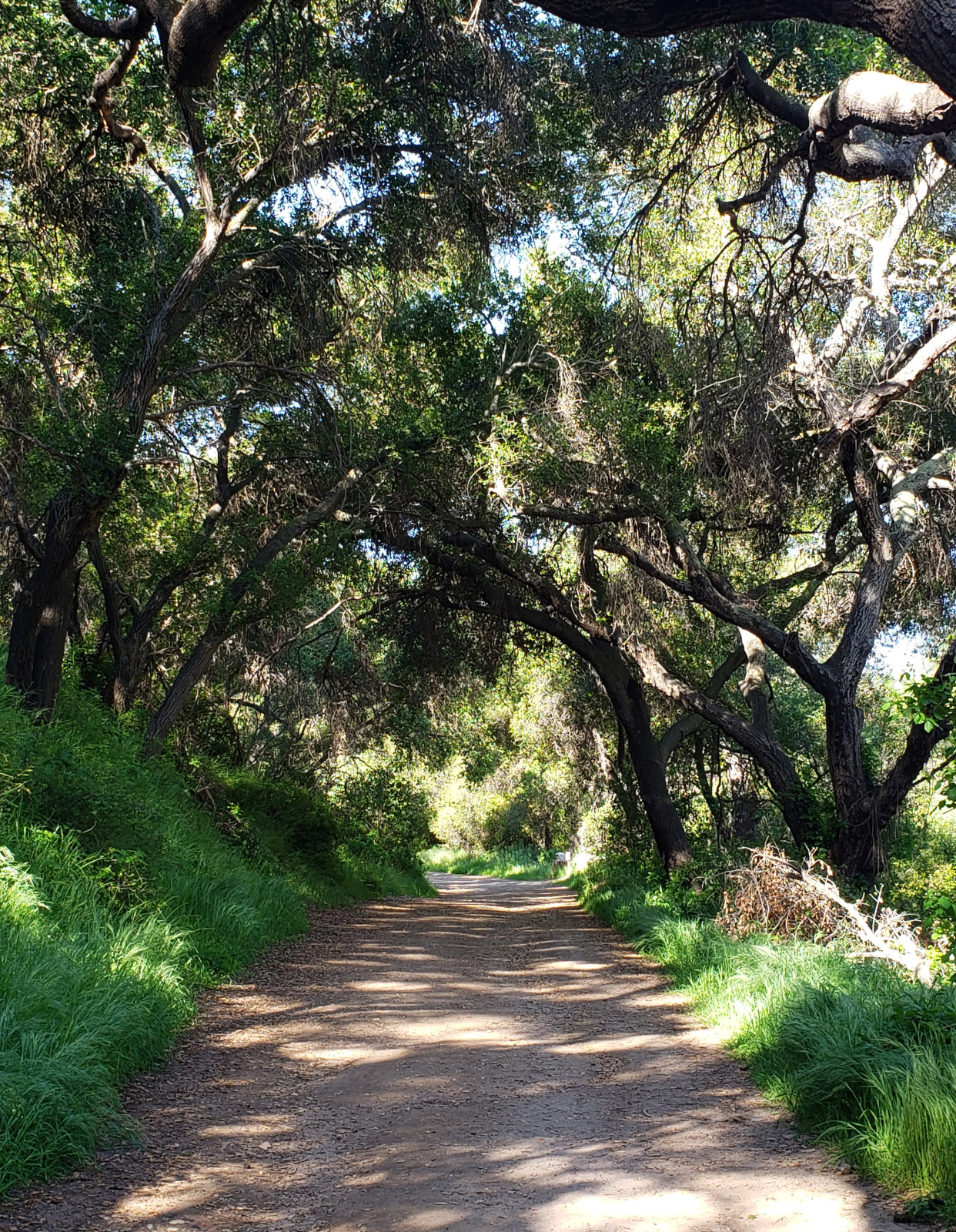
There’s nothing quite like spending time with people who share your love for nature. I recently had breakfast with some fellow Blue Sky Docents and the ranger, and it really set the tone for a great Saturday. The food was delicious—we had everything from eggs and bacon to fresh fruit and pastries—but honestly, the best part was catching up with old friends and getting to know the newer members of the group
.
I started volunteering at Blue Sky back in early 1993, and I’ve never regretted it. Over the years, I’ve made so many lasting friendships and learned so much about our local plants, animals, and habitats. It’s not just something I do in my spare time; it’s become a big part of who I am.
The Connections Make It Special
What I love most about these gatherings is the chance to connect with people who care about the same things I do. Whether we’re swapping stories about wildlife sightings or talking about the best trails to explore, I always walk away feeling more connected to the people and the place. Volunteering has introduced me to so many wonderful people, and the bond we share through our love of nature makes it all the more special.
It’s not just about my fellow volunteers, either. I’ve had the opportunity to share what I’ve learned with people of all ages. Whether it’s a group of curious kids on a Scout hike or adults seeing nature through fresh eyes, it’s incredibly rewarding to help others discover the beauty of the world around us.
Why Blue Sky Inspires Me
Blue Sky is one of my biggest passions. When you see me posting pictures of animals, insects, or plants, Blue Sky is usually the reason why. Over the years, it’s given me so much inspiration, and it’s helped shape the way I see the natural world. I love having a place where I can keep learning and sharing with others.
In a world where we’re all glued to screens, there’s something refreshing about stepping into nature, slowing down, and really taking in everything around us. Blue Sky offers a chance to reconnect with the environment and appreciate all the little details we might otherwise miss.
Why I Keep Coming Back
If I had to describe my experience at Blue Sky in one word, it would be fulfilling. There’s always something new to learn, and the community I’ve found here is incredible. It’s been one of the best decisions I’ve ever made.
If you’ve ever thought about volunteering, I say go for it. Whether it’s at Blue Sky or somewhere closer to home, you never know what new passion it might ignite.
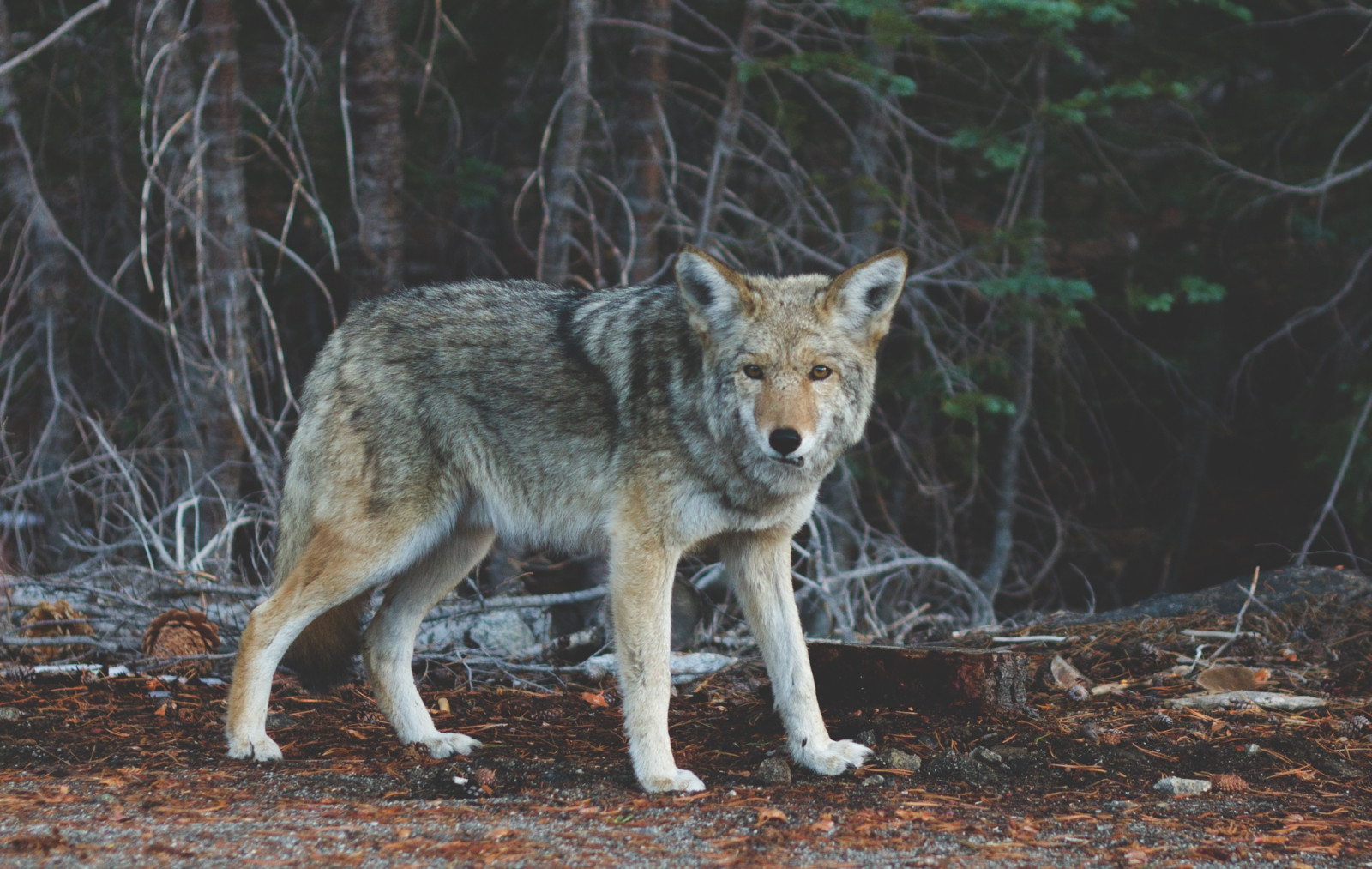
When you explore the outdoors with your grandkids, you might meet some interesting creatures like coyotes. Today, you'll learn why coyotes are important for nature and discover ways to keep our furry friends safe during our adventures.
Coyotes are like nature's superheroes! They help keep a balance in the wild by eating pests like rodents, but they also eat rabbits, frogs, and snakes. This makes sure there are not too many of them running around. Coyotes also help other animals by influencing where they live and how they act. So, when you see coyotes, you should remember they are just doing their jobs to help nature.
But you need to be careful when you have your pets with you. Here are a few simple tips to make sure they stay safe:
Stay Close:
Always keep your pets close to you by using a 6- or 8-foot leash. This keeps them safe and lets them explore without getting into trouble. Don’t allow them to go behind bushes where you can’t see them.
Watch Out:
Pay attention to your pets and nearby areas, especially during sunrise and sunset when coyotes are more active. Watching your pets helps you make sure they're safe and sound. Be extra careful if your pets are small. You might also check the area for signs coyotes have been there. You can look for scat or tracks. If you want to know my favorite book for learning about that, you can find it here!
Protect Your Yard:
Make sure your backyard is safe too. Use higher fences or enclosures to stop coyotes from coming in and bothering your pets. You might also install motion detecting lights and/or sprinklers.
No Easy Meals:
Coyotes are opportunistic and will eat a variety of things. I’ve seen coyote scat (aka poop) with gummy worms inside! So, don't leave any type of food outside that might attract coyotes. Keep your garbage cans secure, and don't leave pet food where coyotes can find it
Teach Others:
Let your grandkids and other adults know about coyotes and why it's important to be careful. Sharing what you've learned helps everyone stay safe, including the coyote.
These superheroes of nature make sure everything stays in balance. By following these simple tips, you can enjoy our outdoor adventures with your pets while keeping them safe. Let's appreciate the wonders of nature and make sure all creatures, big and small, can live happily together.

This blog post provides three critical safety tips for Adventure-Seeking Grandparents who embark on outdoor adventures with their grandchildren. The first tip emphasizes the importance of staying hydrated to ensure the well-being of both the grandparents and their grandkids. The second tip highlights the significance of communication, urging grandparents to fully charge their mobile devices and share their itinerary with a trusted person. Lastly, it stresses the necessity of packing a well-equipped first aid kit to address any minor injuries or unexpected incidents that may occur during outdoor explorations. By following these safety tips, Adventure-Seeking Grandparents can create secure and memorable experiences with their grandchildren.
Read more...

